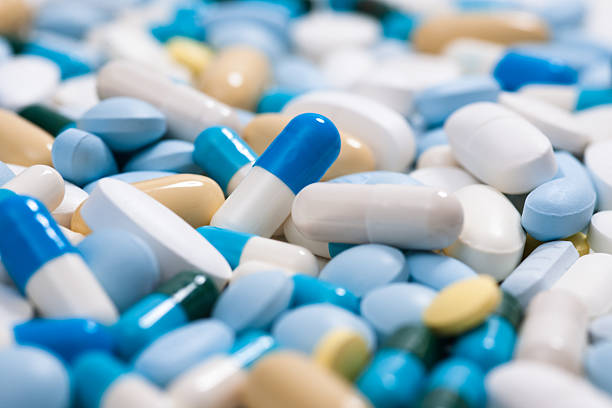BIOAVAILABILITY / BIOEQUIVALENCE
Bioavailability (BA) is the speed and degree of absorption of the active substance in the pharmaceutical form and reaching its effect within the body. The main parameters used to measure the bioavailability of a drug given orally are “plasma concentration-area under the curve (Area under the Curve, AUC)” and “maximum plasma peak level) drug concentration” (Cmax).
Bioequivalence (BE) on the other hand, is the bioavailability of two different drug products (eg, tablet / capsule), which are pharmaceutical equivalent (with the speed and degree of absorbtion) after administration in the same molar doses.
According to current national and international guidelines, comparison of the bioavailability of two different drug products (test / generic / equivalent product and reference / innovative / original product) in BE studies is done based on the test / reference ratios of Cmax and AUC. The first of these two parameters reflects the degree and speed of bioavailability, while the second reflects the degree of bioavailability. Cmax is also important in terms of reliability as it also shows the maximum amount of medication the body is exposed to. Cmax and AUC are the “primary variables (parameters)” that form the basis of comparison in BE studies.
Bioequivalence studies are carried out in a limited number of healthy / volunteer people and under special experimental conditions. The BY of the original drug and the equivalent of the product produced is compared and asked to be equivalent to each other. To this end, subjects are given orally, one drug first, one after the washout period, and the other – usually – only in a single dose. Plasma levels of drugs are measured by taking blood mostly at 24-48 hours and at certain intervals.
(Due to the nature of the active substance and / or pharmaceutical form, some BE studies can be performed in special designs: in addition to fasting conditions, in toughness conditions, by giving multiple doses, in urine samples, etc.) Using these data, Cmax and AUC parameters of both drugs are compared. As a general rule, it is desirable that the test drug be as useful as 80-125% of the reference drug (in the context of the confidence interval parameter). If this condition is also met, the bioequivalence of the drug subsequently produced (ie generic drug) is proven and allowed to be placed on the market.
In Farmagen, Bioavailability and Bioequivalence studies are carried out and more than 400 projects have been completed since 2009.

